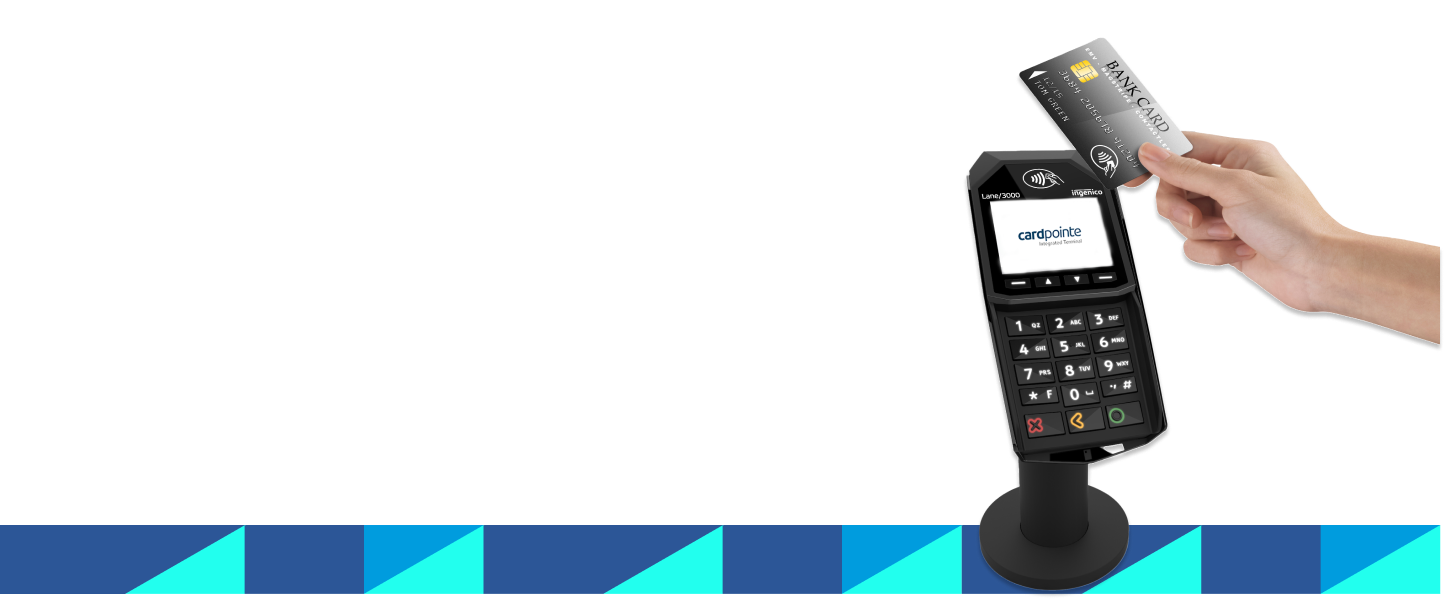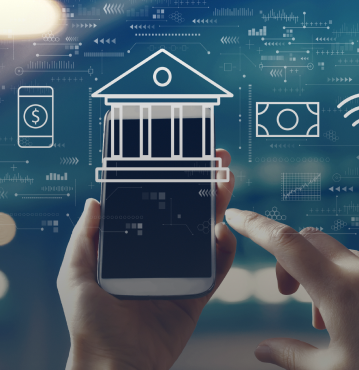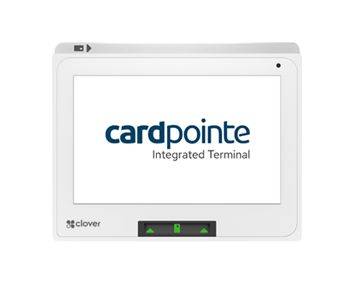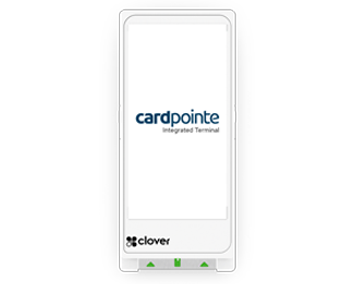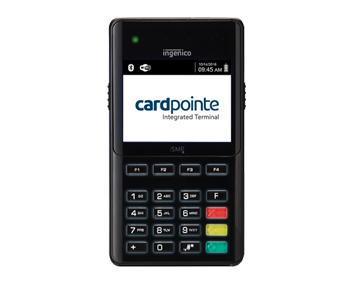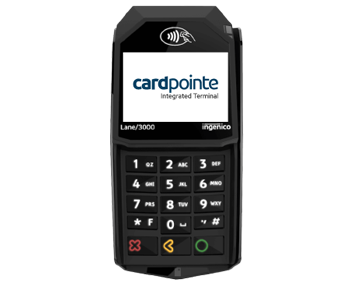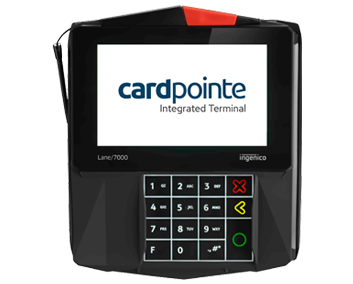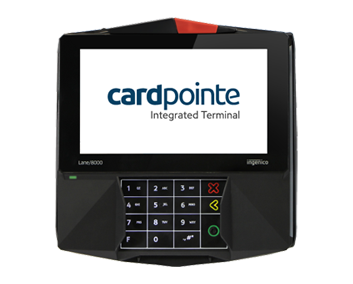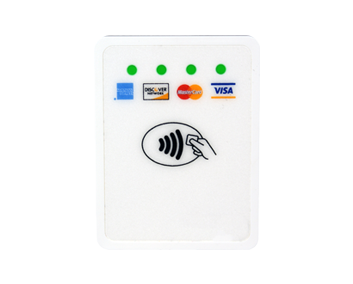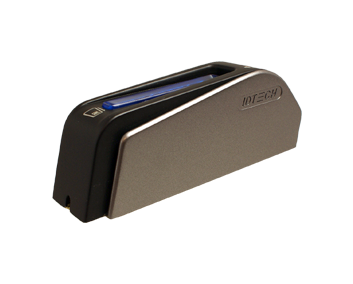Launch your SaaS
product into the future.
Our cloud-based payment integrations simplify the payment acceptance process and protect transactions with a powerful combination of EMV and tokenization.
EMV Technology
EMV Technology
EMV secures the sensitive cardholder data associated with every credit or debit card dipped at a terminal or point-of-sale (POS) system to protect against fraud liability.
Intelligent Tokenization
Intelligent Tokenization
Our tokenization solution protects credit and debit card data both in transit and at rest, replacing valuable information with irreversible tokens that are useless to hackers.
PCI Scope Reduction
PCI Scope Reduction
Our integrated solutions drastically reduce the time and costs associated with maintaining PCI compliance. Better yet, it can reduce the SAQ to 26 questions, with the potential to eliminate it entirely.
Meet the CardPointe
Integrated Payments family.
With CardPointe Integrated Payments, we offer a variety of device integrations that allows you to build the perfect card-present solution. Whether you’re developing a custom POS for a national retailer or a mobile solution for small businesses, our payment integration for software companies has you covered.
CardPointe Integrated Terminals
Card-present payments for retail or custom point-of-sale apps.
CardPointe Mobile SDK
For accepting card-present payments on the go.
CardPointe Desktop SDK
For card-present, USB-supported applications.
Contact Us
Your success in payments starts here! Please select your partnership type below so we can connect.

